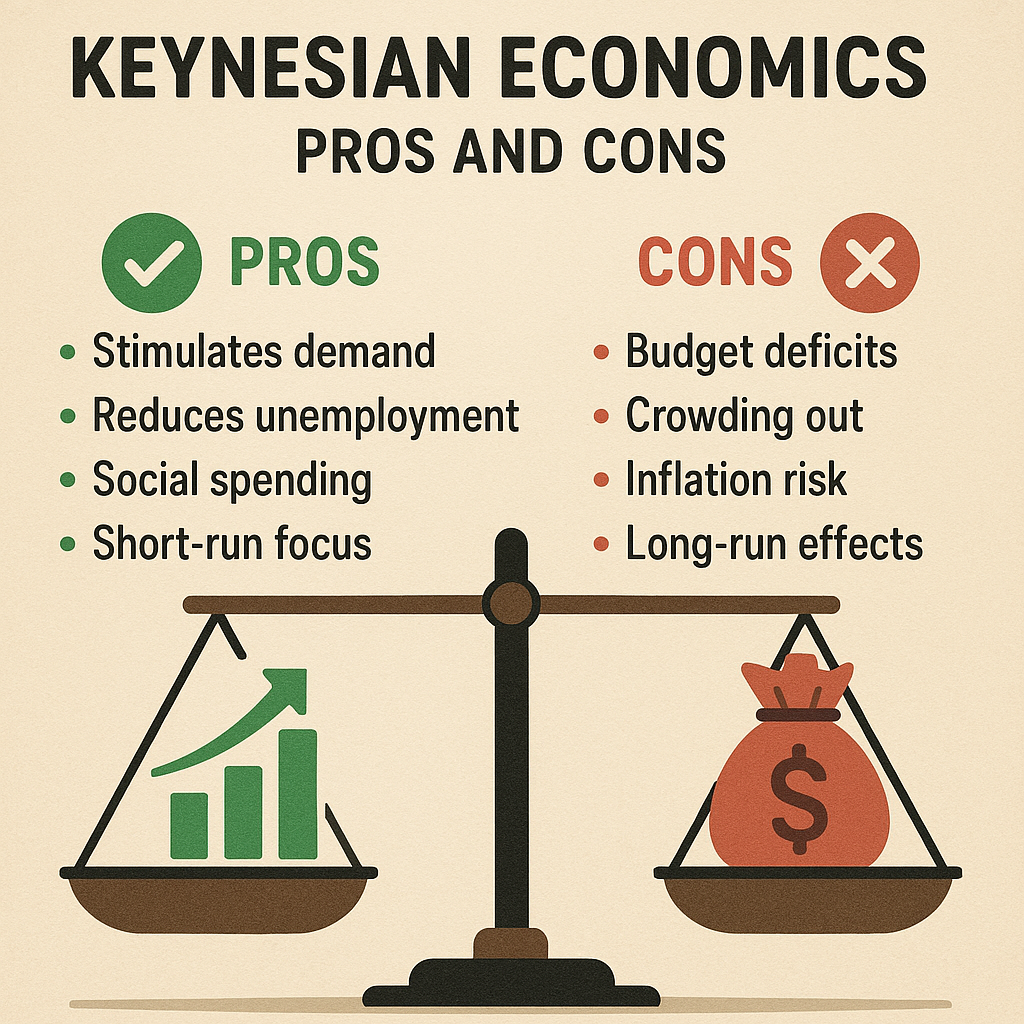
Introduction
Overview of In Search of Excellence
“In Search of Excellence” by Tom Peters and Robert Waterman, published in 1982, transformed management thinking. It highlights key traits of successful organizations and provides actionable insights from extensive research that still impact business leaders today. The authors analyzed over 60 companies, identifying the underlying principles that drove their exceptional performance. Excellence is not just a trait; it’s something that can be developed through specific behaviors and practices.
Key takeaways include the importance of a customer-focused approach and cultivating a culture that promotes innovation and empowers employees. Peters and Waterman’s findings encourage organizations to pursue excellence by emphasizing the importance of adaptability and responsiveness in today’s fast-paced business world.
Background of Peters and Waterman
Tom Peters and Robert Waterman are notable figures in the field of management consulting and business strategy. Peters, a Cornell University graduate and former naval officer, has extensive experience from his time at McKinsey & Company. Waterman, holding an MBA from Stanford, shaped his management philosophy through practical engagements in Fortune 500 companies.
Together, they developed a keen understanding of what drives organizational success, combining rigorous research with practical insights. Their collaboration led to impactful discussions on leadership, employee engagement, and customer focus—an evolution in how businesses operate. They created a relevant framework for leaders aiming for excellence based on their experiences with various organizational cultures.
The Eight Basics of Excellence
In their quest to define what makes organizations truly excellent, Peters and Waterman identified eight foundational principles. Each basic serves as a cornerstone for success, helping companies thrive in an ever-evolving market. Let’s explore these concepts more closely.
A Bias for Action
This principle emphasizes the importance of swift decision-making and proactive behavior. Organizations with a bias for action focus on doing rather than over-analyzing. For instance, a startup might pivot quickly based on customer feedback, allowing it to capitalize on emerging trends.
Staying Close to the Customer
Successful companies prioritize understanding their customers’ needs and preferences. By fostering direct communication and engagement, they can tailor their offerings effectively. Think about how brands like Zappos excel through their customer service; they listen and adapt based on feedback.
Autonomy and Entrepreneurship
Encouraging employees to act like entrepreneurs fosters innovation. Granting autonomy to teams allows them to experiment and take risks. Google famously allows its employees to spend 20% of their time on passion projects, leading to groundbreaking developments like Gmail.
Productivity through People
A strong workforce is an organization’s greatest asset. By investing in employee development and fostering teamwork, companies unlock higher productivity levels. Effective training and mentorship can cultivate a motivated and high-performing team.
Hands-On, Value-Driven
Leaders who are involved with their teams create a culture of accountability and engagement. When management demonstrates commitment to shared values, employees are inspired to align their efforts accordingly.
Stick to the Knitting
Concentrating on core competencies eliminates distractions and enhances focus. Businesses that excel identify what they do best and harness their strengths. Companies like Southwest Airlines thrive by adhering to their niche in low-cost travel.
Simple Form, Lean Staff
Simplicity in structure promotes agility and efficiency. A lean team can adapt quickly without bureaucratic obstacles, enabling swift decision-making.
Simultaneous Loose-Tight Properties
This principle embodies the idea of balancing flexibility and control. A successful organization provides teams with the freedom to innovate while maintaining overall coherence with the company’s goals.
Together, these eight basics create a robust framework through which organizations can pursue excellence, guiding them toward sustainable growth and success. As leaders reflect on these principles, they may find strategies to strengthen their organizations in today’s competitive landscape.

Case Studies of Excellent Companies
Understanding how theoretical principles translate into practice can be best illustrated through real-world examples. The companies that have consistently exemplified excellence are often revered for their innovative practices and strong organizational cultures. Here, we’ll examine some case studies that embody the eight basics of excellence.
IBM
IBM stands out for its ability to adapt to changing technologies and market dynamics. Once primarily a hardware company, it reinvented itself into a leader in software and cloud services. Their commitment to research and development exemplifies their bias for action. By fostering a strong culture of innovation, IBM maintains its competitive edge.
Hewlett-Packard
HP’s remarkable success story is deeply anchored in the principles of autonomy and entrepreneurship. The company promotes a culture where employees are encouraged to take risks and innovate. Programs like HP Labs allow teams to explore ideas freely, leading to groundbreaking advancements in technology.
Procter & Gamble
P&G’s customer-centric approach is key to its success. By staying close to consumers and understanding their needs, P&G has developed successful products like Tide and Pampers. Their continuous feedback loop enables them to refine offerings and stay relevant in the market.
McDonald’s
The golden arches of McDonald’s symbolize operational excellence. Their simple, efficient business model emphasizes productivity through people. With well-defined roles and a focus on training, McDonald’s has created a consistent customer experience worldwide, demonstrating the simultaneous loose-tight properties.
These case studies illustrate how leading companies leverage core principles to achieve sustained success. Their stories highlight not only their early successes but also their continued dedication to excellence that keeps them leaders in their fields.
Implementing Excellence in Organizations
Now that we’ve explored exemplary companies, how do organizations systematically implement the principles of excellence? Achieving sustainable success requires dedicated efforts across leadership, culture, and execution.
Leadership’s Role
At the heart of any successful change initiative is strong leadership. Leaders must embody the principles of excellence they wish to instill in their organizations. This means:
- Modeling Behavior: Leaders should demonstrate a bias for action and customer focus, inspiring their teams to do the same.
- Communicating Vision: A clear and compelling vision of excellence galvanizes the workforce. Sharing stories of success can motivate teams to adopt the desired mindset.
When Satya Nadella became CEO of Microsoft, he transformed the company’s culture to focus on growth and collaboration, resulting in increased innovation.
Cultural Transformation
Cultural transformation is essential for embedding excellence within an organization. It starts with assessing existing values and practices, followed by:
- Engaging Employees: Involve employees in defining and shaping the culture. Surveys and discussion forums can provide valuable insights.
- Training and Development: Invest in programs that enhance skills and knowledge, promoting a culture that prioritizes continuous improvement.
Execution Strategies
Finally, effective execution strategies are vital for turning plans into reality. This includes:
- Setting Clear Milestones: Define what excellence looks like with measurable goals and timelines.
- Feedback Mechanisms: Establish channels for ongoing feedback to continuously refine processes and improve performance.
By utilizing these three pillars—leadership, culture, and execution—organizations can lay a solid foundation for implementing excellence, ensuring they not only achieve their goals but also foster a thriving environment for their people.

Critiques and Controversies
“In Search of Excellence” has significantly influenced management thinking, but it also faces critiques and controversies. Understanding these limitations provides a more nuanced perspective on its impact.
Limitations of In Search of Excellence
A major critique of Peters and Waterman’s work is its focus on a few successful companies while neglecting the broader context of their environments. Some of the critiques include:
- Lack of Diversity in Case Studies: The original case studies predominantly featured well-established companies in stable industries. This narrow view may not fully address the challenges faced by startups or organizations in rapidly changing industries.
- Oversimplification of Success Factors: Critics argue that the eight basics of excellence may be too simplistic. Success often involves complex and multifaceted strategies that cannot be distilled into a set of principles.
These limitations highlight the necessity for evolving management practices that also consider organizational diversity and adaptability.
Subsequent Developments and Revisions
In response to the critiques, Peters and Waterman have acknowledged the changing business landscape in later works. They expanded their framework to incorporate emerging trends such as technology, globalization, and increased competition. Their follow-up publications, like “The Excellence Shortcut,” reflect on how organizations can adapt the original concepts to contemporary challenges.
Moreover, a growing emphasis on sustainability, diversity, and employee well-being is reshaping the conversation around excellence in organizations. Leaders can learn from past ideas and apply them effectively in today’s changing environment.
Lessons Learned and Inspirations
“In Search of Excellence” offers timeless principles that remain relevant in today’s fast-paced business environment. Learning from the successes and limitations of the past allows organizations to forge a path of excellence in a contemporary context.
Applying Excellence Principles Today
Adapting the eight basics of excellence can lead to remarkable changes in how organizations operate. Some practical applications include:
- Customer-Centric Innovation: Prioritize understanding consumer needs through regular feedback and engagement mechanisms. Companies like Amazon continually refine their user experience based on direct input.
- Empowering Teams: Foster a culture of autonomy where employees at all levels can make decisions and contribute ideas. Consider how companies like HubSpot promote transparency and value employee input, driving engagement.
By integrating these principles into daily operations, companies can nurture a responsive and innovative atmosphere.
Personal and Professional Growth
On an individual level, embracing these excellence principles can ignite personal development. For instance, applying a bias for action can help professionals break free from analysis paralysis, leading to more assertive decision-making. Here are some ways to apply these concepts personally:
- Continuous Learning: Commit to ongoing education, whether that’s through formal courses or informal networking. Attend workshops to enhance skills relevant to your career.
- Build Relationships: Cultivate connections within and outside your organization. A strong network can offer fresh perspectives and opportunities.
By learning from the past and integrating these principles into both organizational and personal growth strategies, individuals and teams can position themselves for lasting success and fulfillment in their professional journeys.
Conclusion
As we wrap up our exploration of “In Search of Excellence,” it’s essential to acknowledge the profound impact that Tom Peters and Robert Waterman have had on organizational management and business practices. Their work inspired countless leaders to rethink how they define and pursue excellence.
Impact of Peters and Waterman’s Work
Peters and Waterman’s principles have influenced management discussions for decades by providing a practical perspective on success. Key impacts include:
- Cultural Emphasis: Their advocacy for a strong organizational culture has become a cornerstone of modern management. Companies that prioritize culture tend to see higher employee satisfaction and productivity.
- Adaptability: Their insights on the need for organizations to stay responsive and close to customers align with the current emphasis on agility in business practices today.
Countless organizations have adopted these principles, leading to innovative practices and a more engaged workforce.
Final Reflections
In reflecting upon their contributions, it becomes clear that the enduring nature of their work lies in its adaptability. While some aspects may require evolution to fit contemporary contexts, the core principles remain relevant. As today’s leaders look to foster excellence, they can leverage these lessons to build resilient and forward-thinking organizations.
In a fast-changing and competitive world, striving for excellence is a continuous journey that demands commitment, reflection, and dedication to personal and organizational improvement. Embracing these ideas will undoubtedly lead to a brighter future for businesses and individuals alike.
For More Information
Check out my AI-generated podcast on “In Search of Excellence” here:




